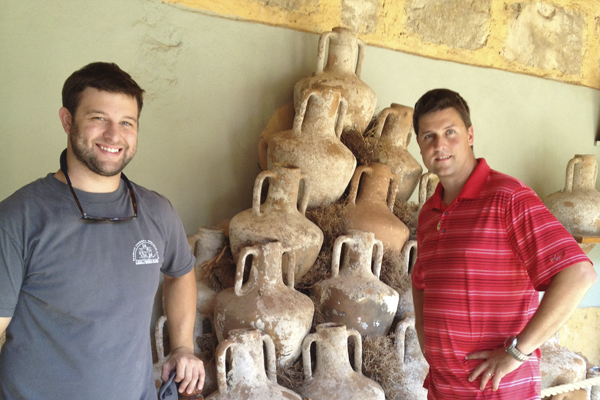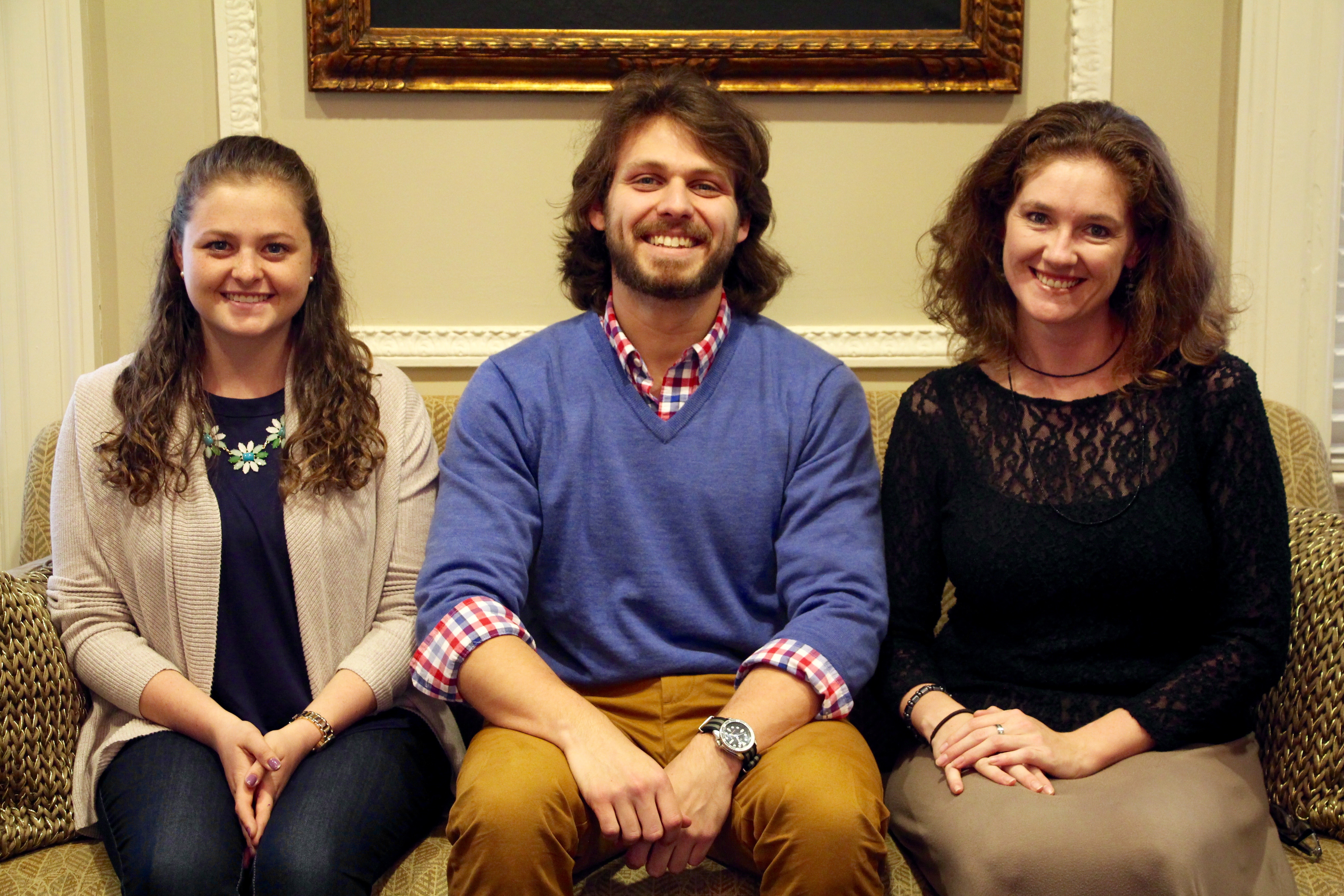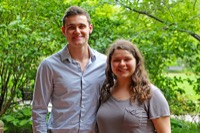
Aegean exploration
UD scientists assist Aegean Sea research expedition using underwater robot
9:14 a.m., Aug. 15, 2013--In recent years, numerous ancient shipwrecks have been discovered off the coast of Turkey at the bottom of the Aegean Sea.
University of Delaware researchers are aiding the exploration of this archaeologically rich area by bringing along a new tool: an autonomous underwater vehicle (AUV). The untethered, wide-ranging robot is being tested to document the seafloor and potentially reveal wrecks, historical trade routes and other secrets of the sea.
Global Stories
Fulbright awards
Peace Corps plans
“We bring to the table years of experience and a finely tuned system for doing seafloor and water column mapping from an AUV,” said Art Trembanis, associate professor of oceanography and geological sciences in the College of Earth, Ocean, and Environment. “AUVs are going to be an important component of ocean exploration.”
Trembanis and graduate student Carter DuVal are joining several researchers from the Nautilus Corps of Exploration, a global network of scientists, engineers and students exploring the world’s oceans, for a scientific cruise Aug. 13-24. The journey is being documented daily at this website, and Trembanis is tweeting from @PapaZissou with hashtag #Bodrumlive.
The corps was founded by famed oceanographer and Titanic shipwreck discoverer Robert Ballard of the Ocean Exploration Trust. Trembanis met Ballard on a 2007 cruise to study the geology and history of the Black Sea, and he has since sent several students on Ballard’s expeditions and consulted on research destinations for the corps.
This year’s cruise set sail from Bodrum, Turkey, an ancient port in the southwest part of the country that was home to the Mausoleum at Halicarnassus, one of the Seven Wonders of the Ancient World. The surrounding region was culturally vibrant during the Greek Antiquity, with heavy shipping around the coast.
The team is surveying the seafloor using Trembanis’ AUV, which looks like a slow-moving torpedo maneuvering through the water as it collects sonar images, digital photos and other valuable information.
The approach could be less expensive and cumbersome than other methods. Remotely operated vehicles (ROVs), for example, require a cable connecting them to a ship and consequently have a very limited range. Untethered AUVs allow for large swaths of seafloor to be mapped at a fine resolution, clear enough to pick out the outlines of ancient shipping containers amidst the contours of sand and sediment.
“Shipwreck sites offer a good laboratory because we can date them,” said DuVal, who helped identify a shipwreck off Delaware’s Cape Henlopen last year. “They’re a site for biology, geology, physical oceanography — it all happens there, and it’s all interconnected.”
Beyond archaeology, the scientists are trying to understand the geological processes at play as waves and sediment continually reshape the seafloor. Part of the area of the Aegean where they are going is heavily trawled by fishermen, which can impact the physical appearance and ecology of the seabed.
Developed in the 1960s for Navy work, AUVs began being used in defense in the late 1980s and 1990s, Trembanis said. Today they are being used for some oil and gas exploration, biological research and even to cross the ocean.
Locally, Trembanis’ lab uses the technology to assess scallop populations and monitor seafloor changes before and after storms, among other scientific applications.
Whether off the coast of Delaware or Turkey, the ocean dynamics at play are similar as water and time manipulate the bottom of the sea. But at the latter location, the maritime history stretches back much further.
“There are layers of history going back millennia,” Trembanis said.
Article by Teresa Messmore
Photo courtesy of Art Trembanis








